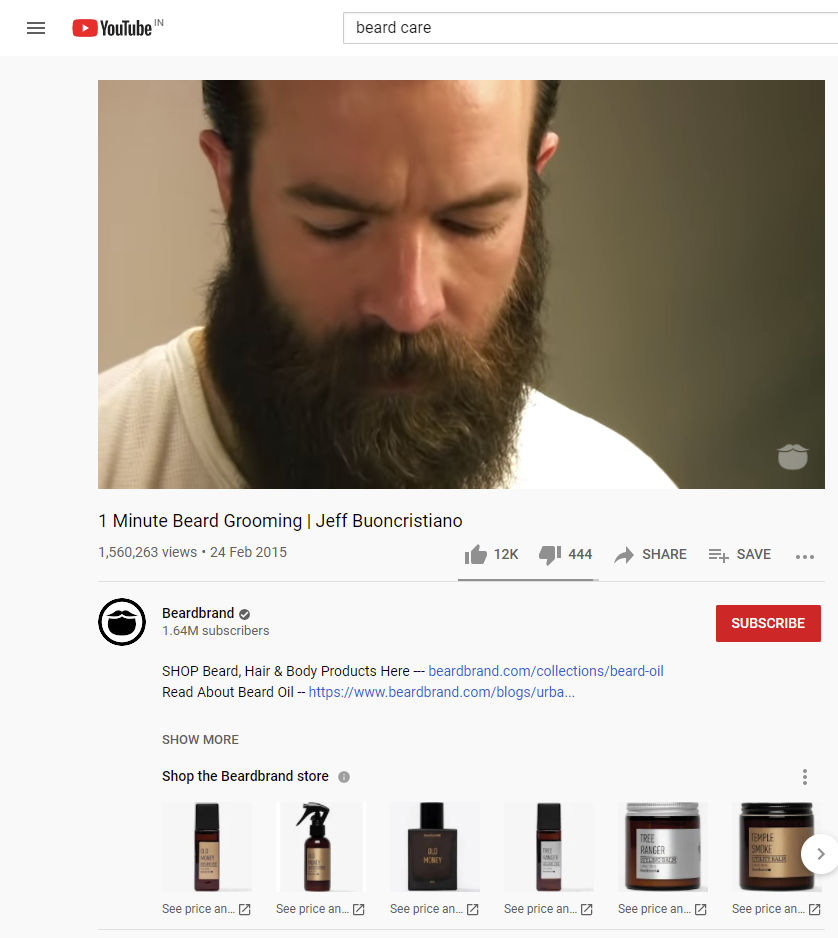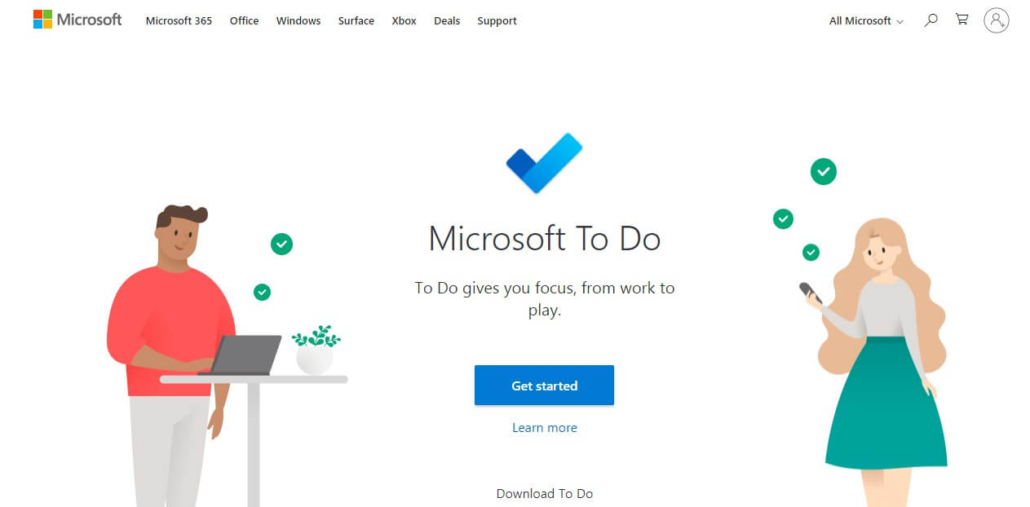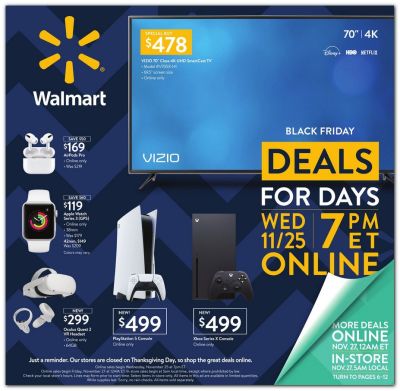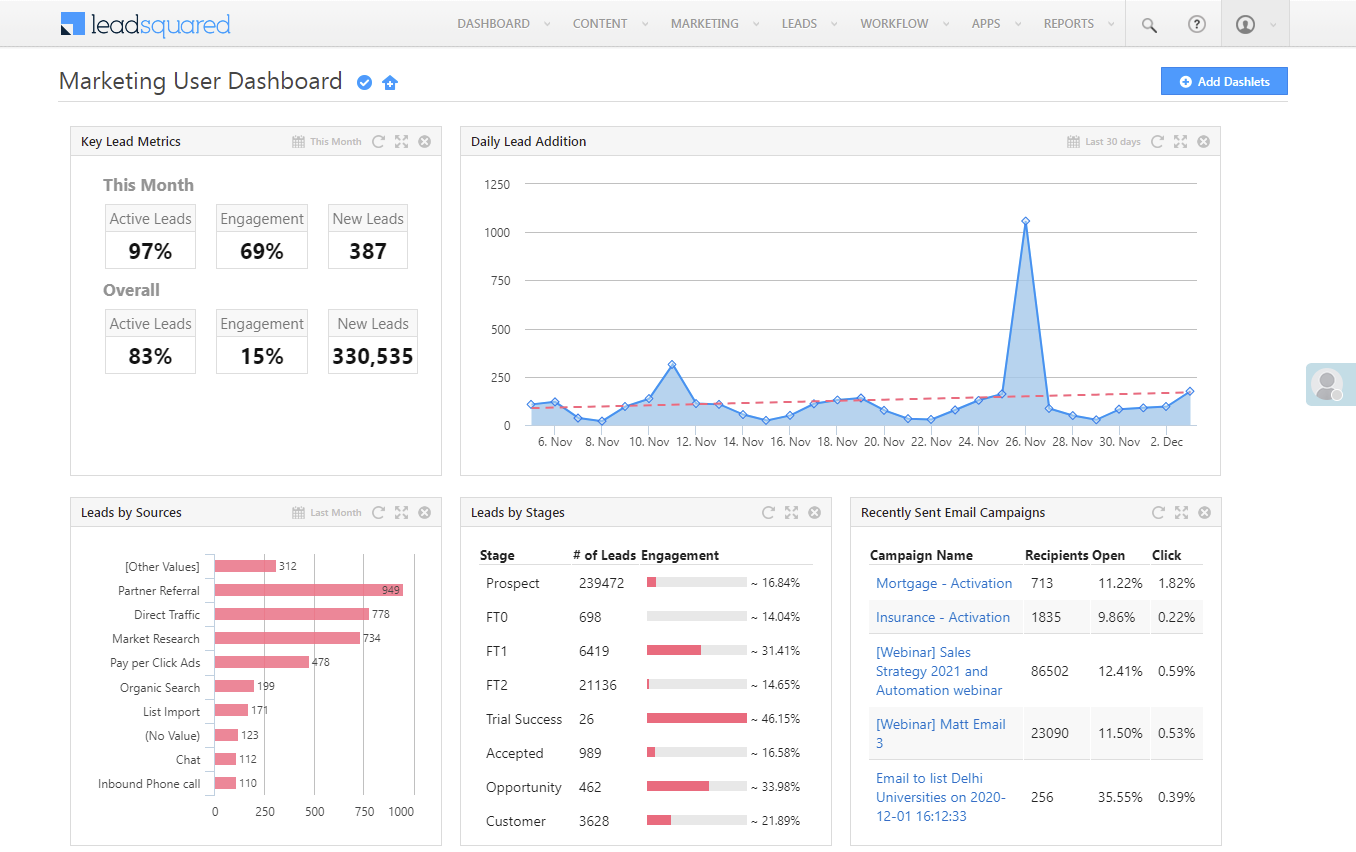Sales and marketing campaigns can completely change the course of a brand. For Nike, the Just do it campaign put them to the top of the charts. While Sony’s White is coming campaign for their new PlayStation Portable gaming consoles backfired (for obvious reasons).

Therefore, developing a sales promotion campaign needs a lot of thought. While an effective campaign can help improve the brand’s image, increase their revenue, or help them sell a product, a poor campaign can be devastating. Hence, campaigns need careful planning.
In sales promotion campaigns, brands use certain initiatives such as seasonal discounts, limited period offer, launching a limited edition, and so on, to stimulate sales. Usually, such campaigns help in:
- Increasing sales of an existing product
- Clearing out the inventory
- Attracting more customers
- Introducing new products.
These involve both offline and online campaigns. It may include advertisements, freebies, coupons, contests, rebates, product samples, and more. It can target both consumers as well as retailers. For developing a sales campaign, here are the things you must keep in mind.
1. Define the goal and purpose of the campaign
The first step is to define the goal of the campaign.
Please note, goals and purpose have distinct meanings. The “goal” is a measurable objective that you wish to accomplish. On the other hand, the “purpose” provides a reason why you are doing something.
A brand could set a goal like increasing sales by 10% within two months. The purpose could be something like improving brand visibility in the market.
Setting up proper goals helps achieve the desired purpose. Well-defined goals are often called SMART, which stands for Specific, Measurable, Attainable, Relevant, and Timely.
For example, a brand may have a goal of 40% revenue growth in the next six months, whose purpose is to:
- Promote new products or services
- Gather customer feedback
- Improve brand awareness
Now, one can make these goals SMART by measuring them in terms of pre-orders, sales, leads, social mentions, blog shares, email interactions, and more.
2. Identify the audience
The next crucial thing to do is to develop the buyer persona. When a brand is planning a sales promotion campaign, its alignment with the audience can make or break the drive. You may feel that you have chosen the wrong channel, or the marketing collateral was not creative enough. But the most crucial point is the audience.
For instance, Sony’s White is coming campaign teaches us the importance of staying clear of deliberately tone-deaf ideas. While what was wrong with that campaign is clear as day, sometimes preemptive research and sentiment analysis can help brands avoid such a blunder with seemingly innocuous campaigns as well.
A simple way to understand the potential reception of your campaigns is to run smaller focus group campaigns before the big launch. In today’s world, where everything is connected, campaigns come with some responsibility. It does not mean – brands should not try new ideas or be afraid of backlash all the time, but a careful approach can prevent the negative repercussions.
Additionally, you must know what part of the buyer journey you want to target to make the campaign successful. A campaign for a new customer will not be the same as the one for a returning customer. Therefore, the marketing message will vary based on whether the customer is at the awareness stage, the consideration stage, or the decision stage.
Also read – what is sales funnel management?
How to identify customer persona?
So, to identify the audience, you can ask a few questions. Here are some examples:
- What are the general interests of the audience I am targeting? What shows do they watch, what books and magazines do they read, what do they do during their spare time?
- For what purpose does my audience go online? How do they engage in social media?
- What sort of marketing resources (text, images, audio, video) resonates with my audience?
- What problem will my product or service solve?
To get the answers, you need to be well acquainted with your target audience. The answers to the above questions require the collection of demographic and psychographic data. A great way to filter out the potential target audience is by creating a buyer persona from the collected data.
For instance, for organic protein bars, the age group of the target audience will be 18-35 years. Both males and females will be in equal proportions. One of the primary psychographic points is that this group of individuals intend to eat nutritious food but often fail to do so. They find it challenging to eat healthy foods with their busy schedule and have a limited budget. In terms of social media, they often follow photography accounts on Instagram or watch healthy food recipes on YouTube.
In the other instance, campaigns for beard care solutions will target male audiences who fall in the age group of 18-50+ years. This group is trendy and wants to look fashionable. They follow celebrities and stylists on Instagram and watch DIY videos on YouTube.

Similarly, the female apparel campaigns will target female audiences in the age group of 16-30 years (depending on the type of clothing). This group is young, fashionable, follow your brand or similar brands on socials. You can include visuals and illustrations in your ad creatives based on the preferences of your target audience.

The point is- once you have a buyer persona, it becomes much easier to tune the campaign content accordingly.
3. Select the method for promotions
For sales promotions, the safest option is to use the same promotion technique that provided the best results last year. Sales promotion can be something like offering coupons, discounts, refer-a-friend, referral links, and giveaways.
For example, referral links are quite common in the YouTube tech review domain. Brands often give YouTubers links that they can share with their viewers, and these links provide customers with additional discounts. A lot of VPN brands such as Nord and ExpressVPN use this technique.
Giveaways happen a lot in the PC building community too, where brands give away computer peripherals. It is a great way to introduce new products to the market. Giveaways also happen in other spaces. For example, the fitness brand Wahoo introduced their new 5th generation indoor bike trainer Kickr via a giveaway on the Global Cycling Network channel.
4. Allocating the budget for the campaign
The very next step is allocating a budget. Now, different businesses would prefer different approaches when planning a budget. While smaller companies would consider the budget before anything, large enterprises often do the opposite. During campaigns, brands spend money on purchasing software, hiring freelancers or new personnel, and advertising and content creation.
One should plan the budget with the following in mind:
- The buyer journeys
- The goals of the promotional campaign
- Hidden costs in different processes
- Priorities during the campaign
Budget templates are freely available online. A template is a convenient place for small businesses and individuals to start. Later, they can factor in the priorities as needed. For instance, a local ice-cream shop would spend more on newspaper ads and leaflets. Large companies like McDonald’s would prefer to run ads on billboards, television, and social media. However, the visibility/reach of your ads will also depend your campaign budget.
5. Make a checklist for developing a sales promotion campaign.
You can mitigate the hidden cost of running a campaign by writing everything down in the form of a checklist. However, you should do this right from the beginning of the campaign. The list will eventually help in creating the budget sheet as well as the schedules.
You can use software to follow the checklist. It can be traditional tools like spreadsheets and to-do lists, project management software, or CRMs. CRM (Customer Relationship Management) software usage has grown by 25% year-over-year. Especially sales and marketing professionals consider CRM tools very helpful in keeping track of their tasks and activities.
Other tools that can help you are task reminder tools such as Todoist, Microsoft To-Do, and Causal. These help in maintaining the lists of costs, ongoing operations, and more. Brands also use Google Sheets, Microsoft Office Online, or Airtable to keep track of everything. Larger brands would use dedicated project management/campaign management tools such as Hive or Trello that integrate other software services too. Many brands also have in-house software to track every interaction and activity.

6. Select the right channels
The channel selection depends a lot on the buyer persona. That is, you would certainly want to advertise on the channels where your audience is active.
For example, car brands like Volkswagen or Ford prefer newspaper ads, TV ads, and billboards. They also use internet ads, such as ads on your social media feed, but for a niche group of audience.

Selecting the right channel partly depends on the category of product that the brand wants to advertise. For instance, you can find the ad for a budget vehicle that is more likely to be the first car of someone in their twenties or thirties all over the internet and social media.
Similarly, brands like HP or Dell would advertise their consumer products more on social media websites such as Facebook, YouTube, and Reddit. For business products such as servers and HPC products, they would use emails. Brands like Samsung and Apple would use storefront advertising, both online and offline.
Therefore, before selecting the channels, it is crucial to understand the buyer persona.
7. Create a communication strategy
The next part is handling the communication. That is, you must have a clear idea about the messaging aspect of your sales promotion campaign. A lot of brands prefer to go all-out right from the beginning. Other brands may choose a phased campaign. That is, scheduling promotional posts and advertisements over a specific period.
An example of an all-out campaign would be the offers brands announce on Black Friday. The brands generally reveal the entire product catalog as well as the reduced pricing for the products.

Product launches, on the other hand, are often released in stages. In the initial stages, brands announce the products. Then they reveal the pricing and availability in a separate sub-campaign. An example of this is smartphone launches, where brands provide teasers for a while. Following that, they announce the product and reveal the price later.
8. Identify the challenges beforehand.
Being proactive is a great way to ensure that the campaign runs smoothly. The evaluation step can help a lot. You can look back and revisit what problems you/your team faced in previous campaigns. An understanding of the challenges requires experience. For every brand, every promotional drive has its challenges.
By understanding and overcoming these challenges, you can be successful in your next promotional campaign.
9. Double-check everything
The final stage of developing a sales promotion campaign is making sure that everything is in order. One should always get the entire promotional campaign reviewed by a fresh pair of eyes before the launch.
If you recall the checklist we mentioned before, you will know that you had collated all the checks in a sheet before. Revisit that checklist and ensure that you have covered all the aspects of campaign management.
10. Evaluate the campaign
Evaluation of the campaign happens during and after the launch. The evaluation stage is the time to understand what changes could make the campaign more effective. Good evaluation ensures that the brand gets better at developing sales promotion campaigns in the future.
Now, evaluating the effectiveness of a campaign can be tricky. If you have multiple channels of promotion, then you would like to understand which channel is working best for you. Also, you would want to check the reception among the audience.
Evaluating campaigns from different platforms can be daunting. It is because each platform/channel has its metrics, and it takes time and effort to consolidate all the information at one place.
To overcome this hassle, we suggest investing in sales CRM software. According to FinanceOnline, 48% of sales teams heavily utilize CRM systems to improve operations. The following is a screenshot of the LeadSquared Sales CRM software campaign dashboard.

Bonus – harness opportunities
Opportunity management is a relatively new concept where you keep a tab on the activities of your customers and attempt to cross-sell/upsell when the time is right. That is when they are looking for a product/solution that is also a part of your business.
It is much easier to sell to existing customers than to acquire new ones. Therefore, in your sales promotion campaign, also include your existing customer base. If you are wondering how you will know if your customer wants to buy something that you sell, then the new-age CRM software for opportunity management is the answer.
It tracks the entire customer journey – right from the time they first interacted with you to the time they became your customer and beyond. So, whenever there is an update in their activities like website page visits, ad clicks, etc., it signals your sales reps to reach out to them.
Conclusion
The sales promotion campaigns are a great way to increase sales in the short term. They can help in clearing stocks, introducing new products to the market, or just in improving brand awareness. Customers will always love discounts, giveaways, and freebies, as long as brands do not overdo that.
To sum up, while planning a campaign, you must have a clear goal in mind. Figure out your target audience and the channels where they are active most, prepare a checklist so that you do not miss out on anything. Also, regularly evaluate campaigns with campaign management tools or CRM software, and finally, be agile in reforming the messaging across channels if they don’t bring the desired results.
You can achieve all of these by using CRM software. I suggest trying out LeadSquared Sales CRM and see how it streamlines all your sales, marketing, and customer management efforts.









